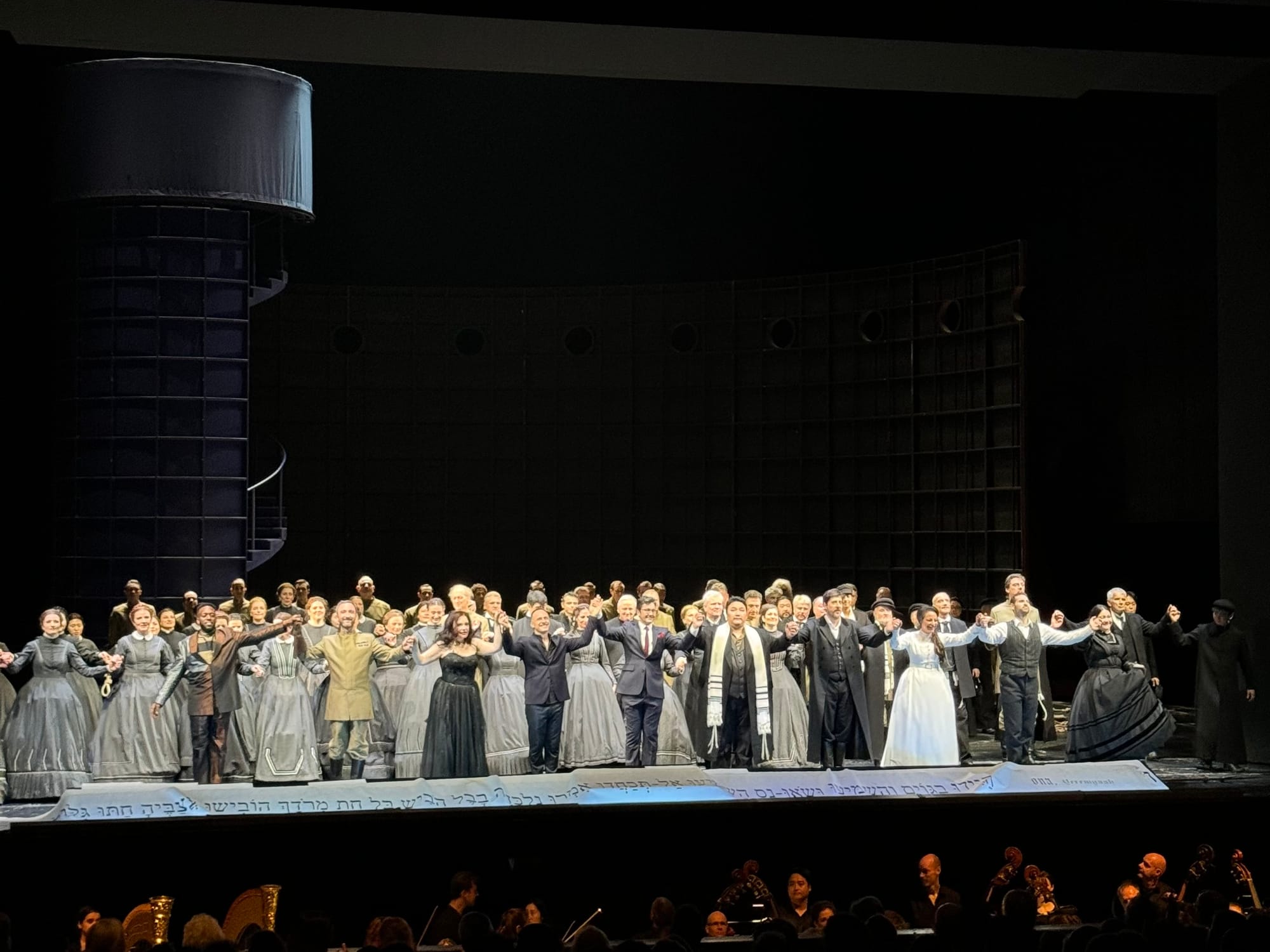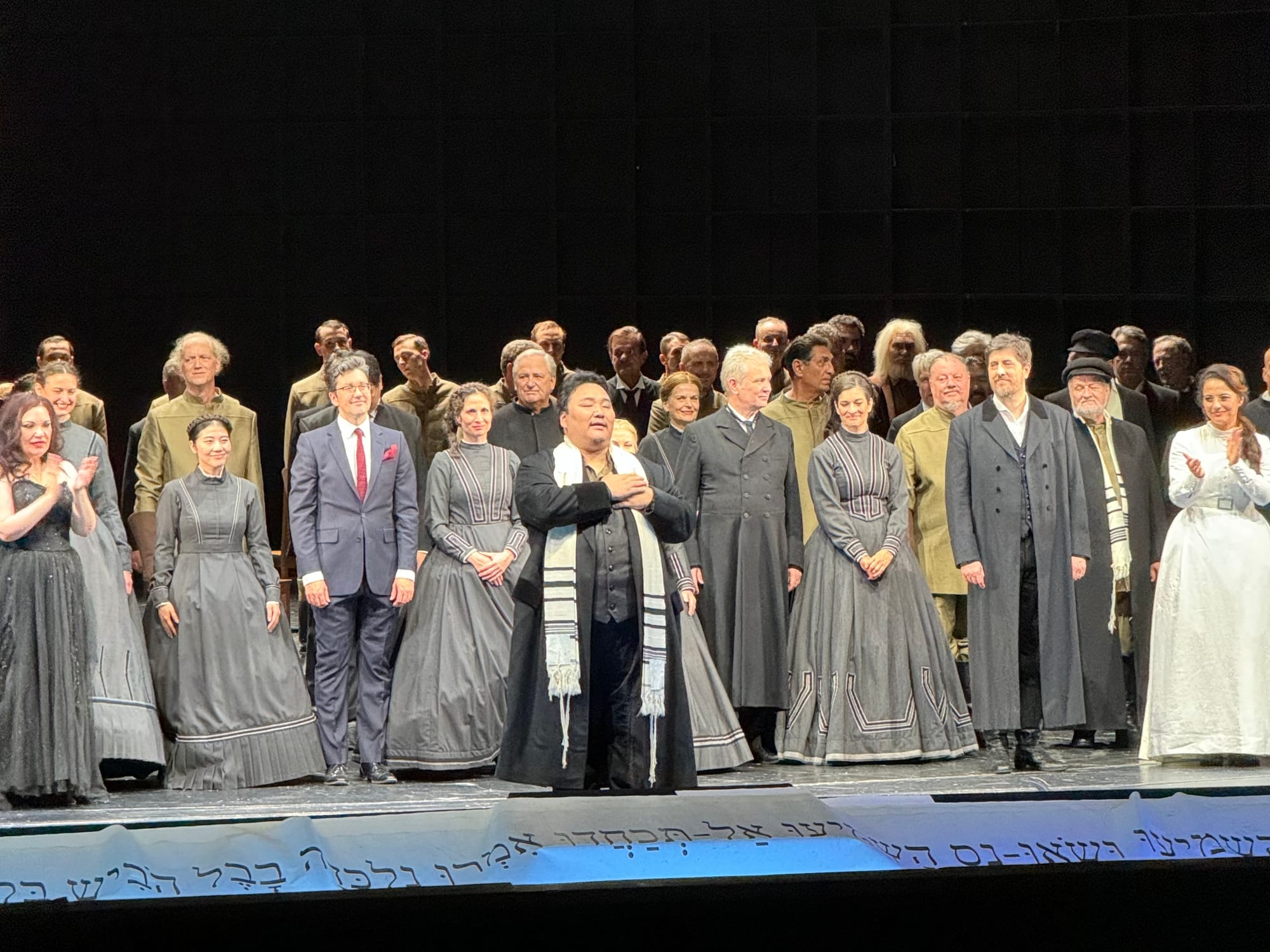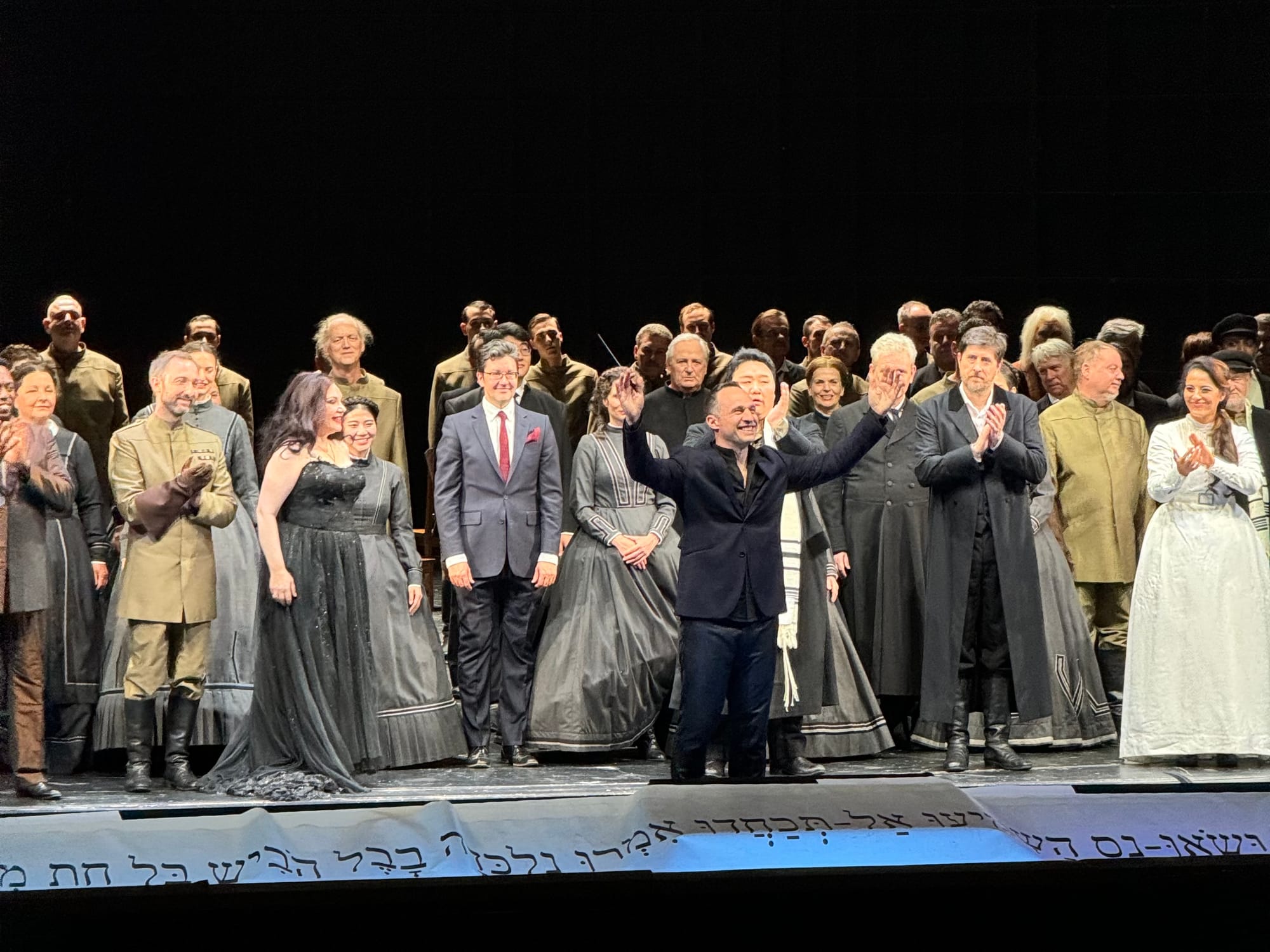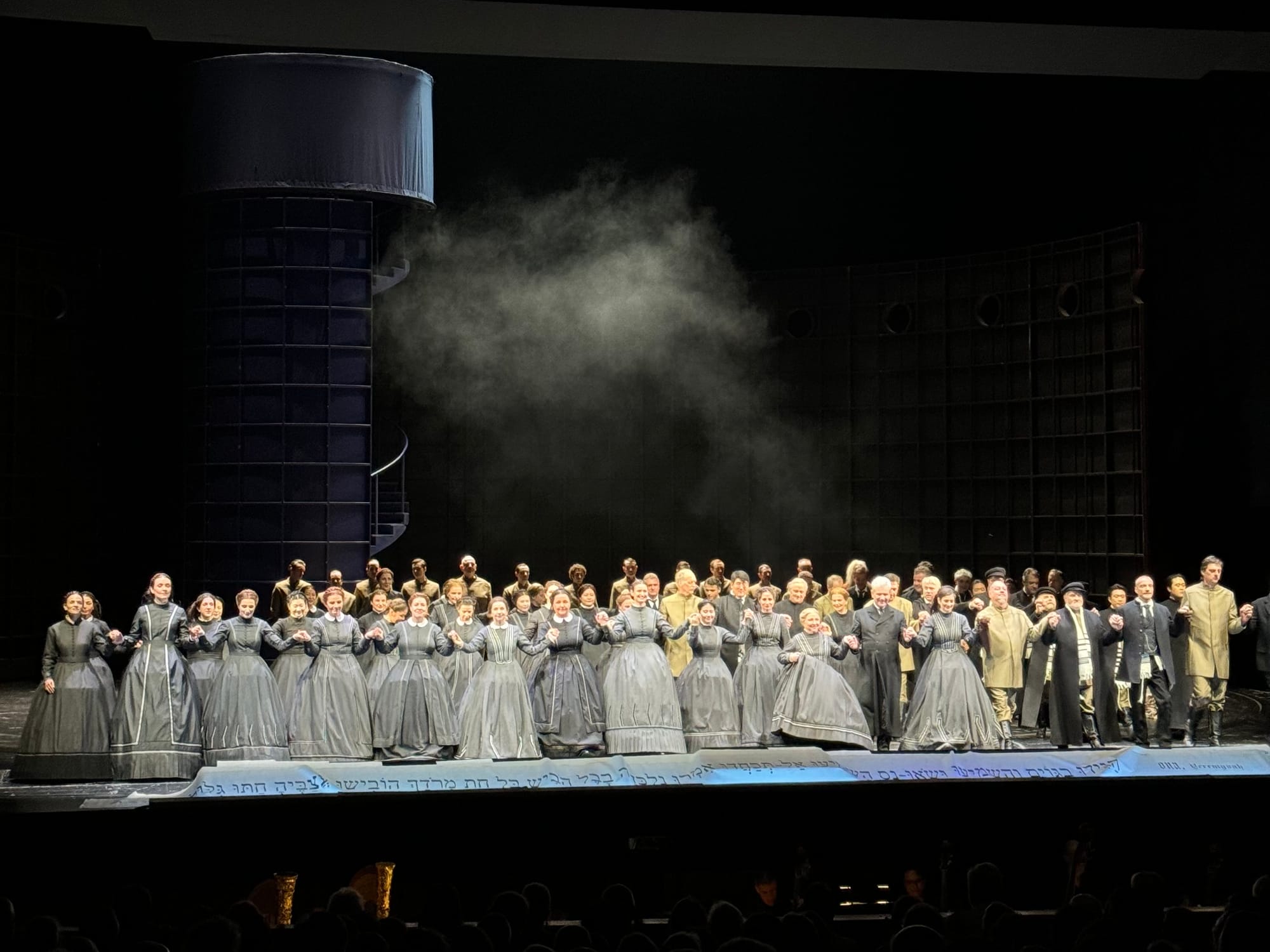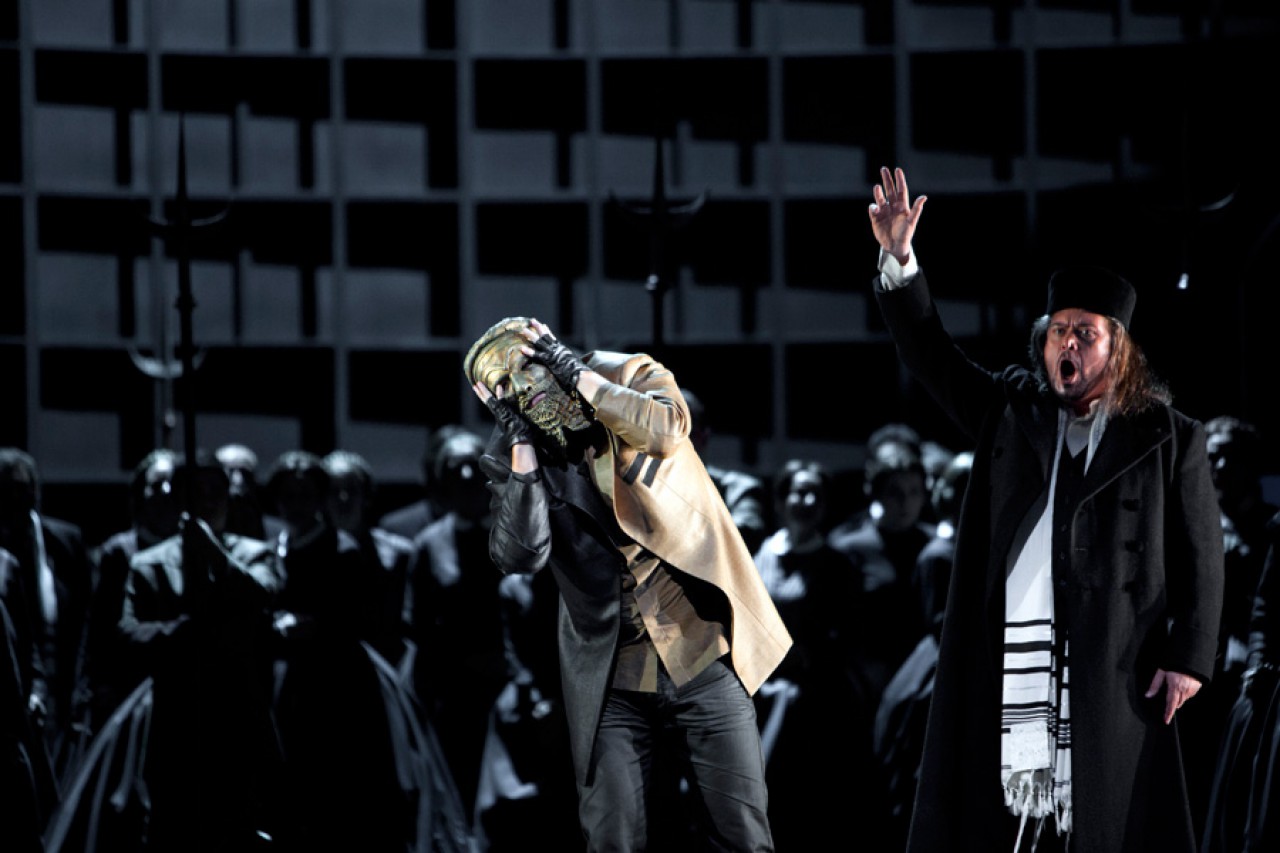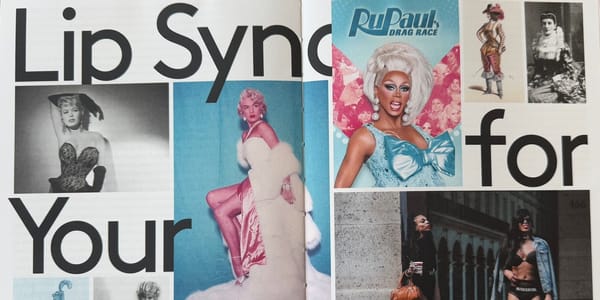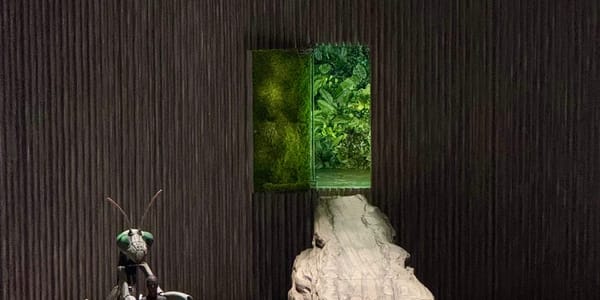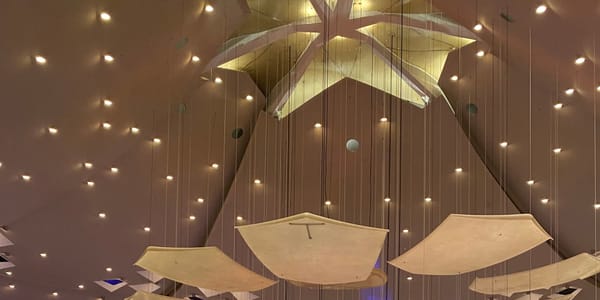Nabucco at Deutsche Oper Berlin
While the production may not have intended to make a political statement, the parallels were personally difficult to ignore. This serves as a reminder that opera, like all art, is inherently political, and exists in the context of our reality.

⭐️
🎭 Nabucco
🎶 Giuseppe Verdi
💭 Keith Warner, 2013
🏛️ Deutsche Oper Berlin
🗓️ 11.07.2024
“OH MY HOMELAND, SO LOVELY AND SO LOST!”
Verdi’s NABUCCO at the Deutsche Oper Berlin is a production that left me with more mixed impressions than usual, which is why I have struggled (procrastinated) to put my thoughts into words for half a year. While the score is undeniably iconic and the musical performance cannot be faulted, I have had some lingering doubts about the coherence of the production as well as its messaging.
The production in question initially presents a visually and thematically interesting approach. The stage is dominated by an imposing, fortress-like wall that rotates to encircle the performers, and a structure with spiraling stairs towers overhead ominously. Later, banners in various languages descend onto the stage, echoing themes of cultural division and emphasizing the Tower of Babel reference. This ambitious set design contrasts sharply with the costumes, which feel like a patchwork of styles. Wide skirts, elaborate braided hairstyles, and olive military uniforms evoke the mid-1800s, but Abigaille’s strapless glittering ball gown feels out of place and muddles the overall visual impression.
The staging draws from the historical context of NABUCCO’s composition during early industrialization, juxtaposing the Israelites’ refined, intellectual “Bildungsbürgertum”—highlighted by (technological) motifs like the printing press, written texts, and photography—with the Babylonians’ militarist authoritarianism, in turn emphasized by minimalistic uniforms. Interestingly, this emphasis on the Israelites’ culture—large banners with Hebrew lettering are repeatedly unfurled throughout the opera but are left untranslated—also creates distance between the oppressed people of the story and the opera audience, to whom this cultural component remains inaccessible.
Mostly, though, contemporary geopolitics weigh heavily in NABUCCO. The opera’s depiction of the Israelites’ oppression inevitably invites parallels to ongoing “conflict” in the Middle East. Watching this opera in Berlin in July 2024 was fraught with undertones that are difficult to ignore, especially against the backdrop of tense and biased sociopolitical discourse in Germany (a “conflict” certainly not through lack of a better word). It adds a layer of discomfort that underscores potential challenges of staging this work at the current point in time.
Even if the production may not have intended to make a political statement, the parallels were personally difficult to ignore. This serves as a reminder that opera, like all art, is inherently political and exists in the context of our reality. Not to forget: Verdi himself was a deeply political person. Whether through casting decisions (as with Anna Netrebko’s controversial performances at the Staatsoper across town, coincidentally also in NABUCCO) or broader sociocultural implications, opera always contains political signaling and messaging, regardless of intent. After all: “We exist in the context of all in which we live and what came before us” (RIP).
While the production has its merits in its visual impact, it ultimately felt burdened by its ambition and remains overshadowed by its geopolitical parallels. For an opera as iconic and evocative as NABUCCO, it can be disappointing when the (rightly so) high expectations to its staging aren’t met. And yet, with Verdi’s timeless music and the performers’ skill and intensity, we are reminded of why this opera remains a cornerstone of the repertoire.
